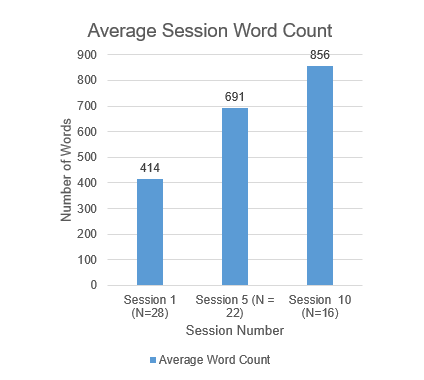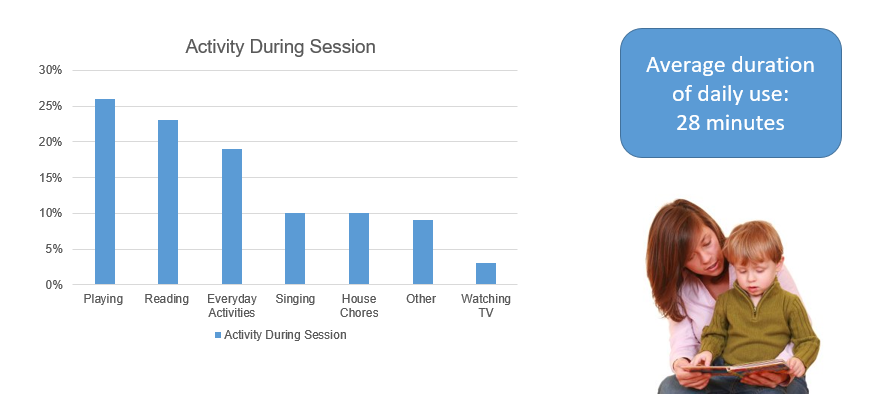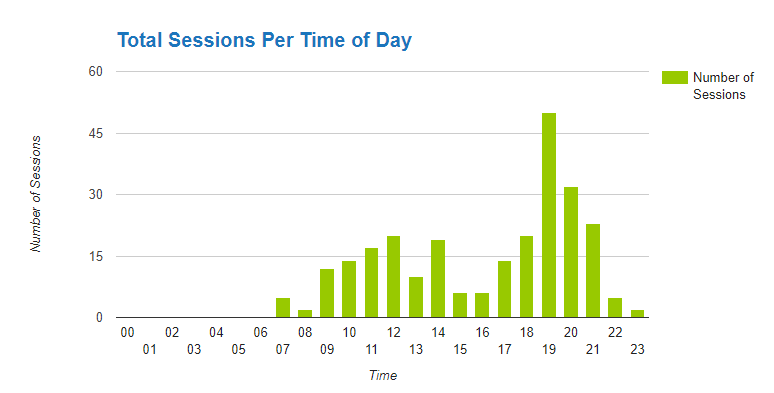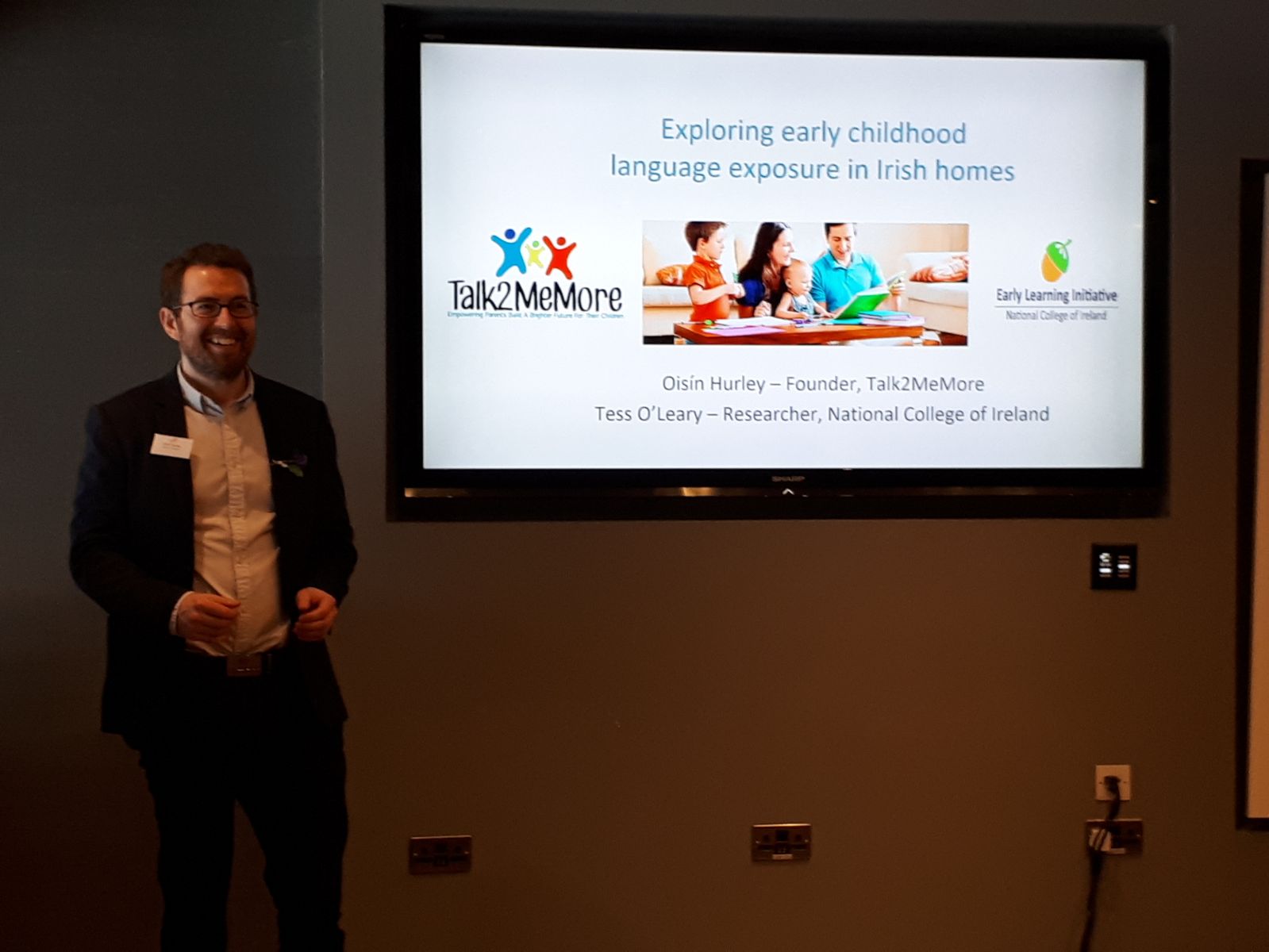Last week we were delighted to be accepted by Early Childhood Ireland to present the early findings from The 30 Million Word Gap Study at the iconic home of the GAA, Croke Park. My Granny has always wished for one of her grandchildren to perform at the biggest stage in Croke Park. This isn’t exactly what she had in mind but she finally got her wish! And as a proud Kildare man it’s not too often you get to visits Croker and leave on the winning side. So this event had an even greater resonance that will live long into the future.
The event was a showcase for all the incredible research being conducted in Ireland within the early childhood community. Listening to some of the speakers it was truly humbling to hear the passion for their work and commitment to improving the landscape for early childhood practitioners, educators, and parents across the country. Being surrounded by such esteemed company left me incredibly nervous I can assure you. However I was immensely proud of everyone on the team on how we presented our findings and informed our audience.
As a short background we have been working on this study in partnership with the National College of Ireland to explore early childhood language exposure in Irish homes. We started on November 2017 and have been on boarding volunteering parents over the past 6 months. We have to stress that this study is only an exploratory study. The study is still underway, and our sample size is still relatively small. However we do have some initial findings that will be interesting to explore further.

Average Word Count From Session 1 to Session 10
Here we have explored the average number of words heard by the child during a session. These are very tentative results but analysis of the first 10 sessions has shown that the average word count increased gradually from the first, to the fifth to the tenth recorded session
This could be for a number of reasons including:
- Increased familiarity with the app or
- Use of the app in different situations
Due to the small sample size and limited number of sessions, we are unable to make further deductions from this data at this stage but this is something we plan to explore further.

Activity Break-Down During Sessions
Every time a caregiver has a session with the app they tick a box to identify what activity they were doing. You can see here that playing and reading were the activities most likely to be recorded, followed by everyday activities. We know that children learn best through play, books and naturalistic activities so these are promising initial results.

Session Times Per Day
As can be seen, an interesting pattern within the data has emerged in relation to the time of day that parents and their children are engaging with the app. The greatest number of sessions can be seen to take place in the late evening.
This may be for a number of reasons. Once we have further data, we may explore the time of day further by looking at the age of the child (does the time of usage possibly correlate with bedtime?), whether the parent works or is at home during the day etc.
In conclusion, we are left with great optimism that our early findings will empower the parents involved to provide a more nutritious language environment for their children. Our long term objective is to continue to change the national conversation about early childhood development bringing easily accessible information and tools to families.
If you are a parent and interested in participating in the study please register here. Or email info@talk2memore.com for further information.



